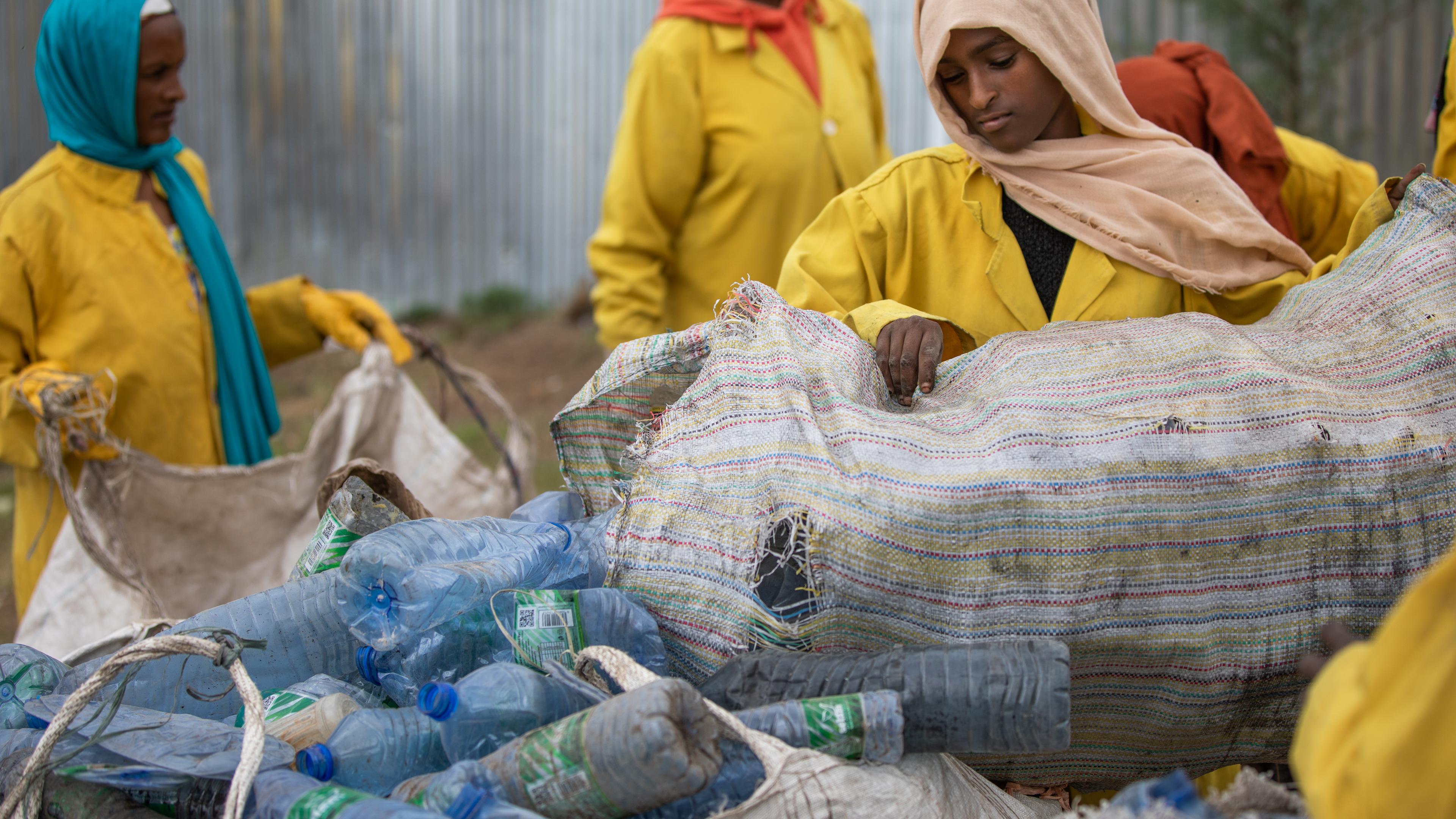New Report: Making Circular Economy Business Models Work in Humanitarian Action
 © Norwegian Church Aid
© Norwegian Church AidCircular Economy systems seek to reduce the environmental impact of things we produce and use, by minimizing waste and pollution, keeping materials and products in use and helping to regenerate natural systems. This approach can provide immediate support to people affected by crises as well as drive future benefits for both people and the environment. So, why do we not see more Circular Economy systems in place in humanitarian response?
This report highlights the range and variety of challenges to implementing circular economy approaches in humanitarian response, linking them to actual case studies and relevant business models. The report is intended to be used as a tool that enables Circular Economy innovators to take a step back and see with greater clarity the complex business model system that they are trying to create asking the questions
Is the system complete, with all parts working together?
Is every actor and needed partner motivated to do their part?
Will users of this solution select it over other available alternatives?
The report is accompanied by tools that can help you and your team design the best circular economy approach for your work.
The research and the report were developed by Dan McClure and Hannah Reichardt in collaboration with Innovation Norway.
Click to download: